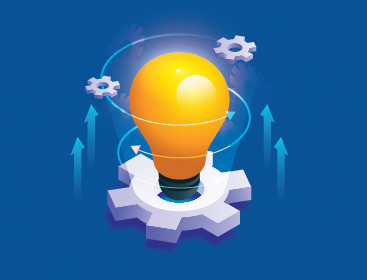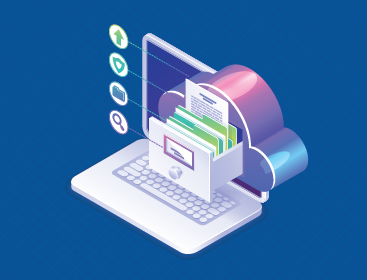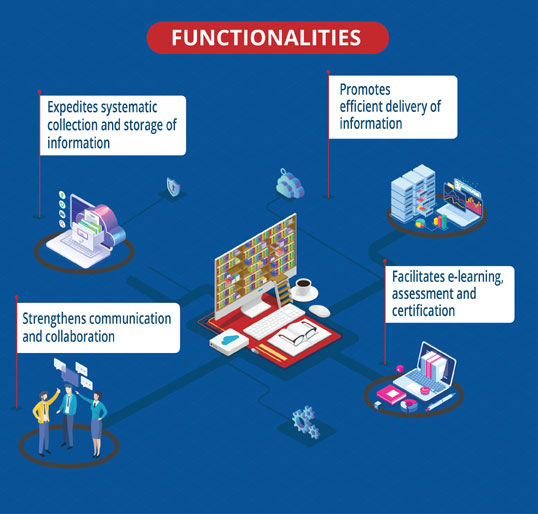


Seamlessly access
e-resources!
With the shift in how users consume information, digital libraries with web-based access are gaining preference over conventional libraries.
Libraries have played a vital role in academic and social lives for a very long time. They have been the place where one would go to find an organized collection of information resources made accessible to its members. The information is found in various formats like books, journals, research papers, CDs, etc.
With the internet becoming more accessible and technology advancing, users get their information online. While a lot of information is present online and accessible, a lot of it still exists in the printed format. The library is yet to transform digitally and faces quite a few challenges to achieve so.
Somnetics provides you with an end-to-end solution that combines technology and information resources that allows remote access to education content and breaks down the physical barriers in this day and age.
In the US alone, 40% of patrons whose library use has declined say they can get information online more easily, and 6% of these patrons prefer e-books

Improved Operational Efficiency
Reduce the time taken to accomplish a task, the effort needed to engage in it and the cost to achieve it successfully

Reduced Turnaround Times
Adjust process, eliminate redundancies and distil the operational performance for a speedy delivery

Increased Quality & Consistency
Ensure that every action in your processes is performed consistently and offer high quality, reliable results

Visibility of Metrics
Track KPIs from an intuitive dashboard and get detailed reports to tweak the process performance to the optimum

Greater Compliance
Record detailed logs of task performers, tasks are timelines that exhibit compliance during audits

Satisfied Customers
Consistently meet SLAs, deliver quality products & services and apply AI to resolve client complaints accurately
Latest Case Studies

Library Management

Knowledge Management

E-Learning with Online Assessment

Our Digital Library solutions ensure you have round-the-clock access to informationy
A solution is only as good as the features it offers. Our wide range of robust features ensures high customer satisfaction and RoI.
Our solution reduces the burden of its users with its contemporary technologies to overcome the challenges faced by the use of conventional libraries.



▪ Easy management of e-content
▪ Storage of content under structured format
▪ Indexing, subject and department classification
▪ Tags for topics, subjects, departments, etc.
▪ Search - basic and advanced with fuzzy logic
▪ Deployed over the cloud and client's server
▪ Expedites systematic collection and storage of information
▪ Promotes efficient delivery of information
▪ Strengthens communication and collaboration
▪ Facilitates e-learning, assessment and certification

